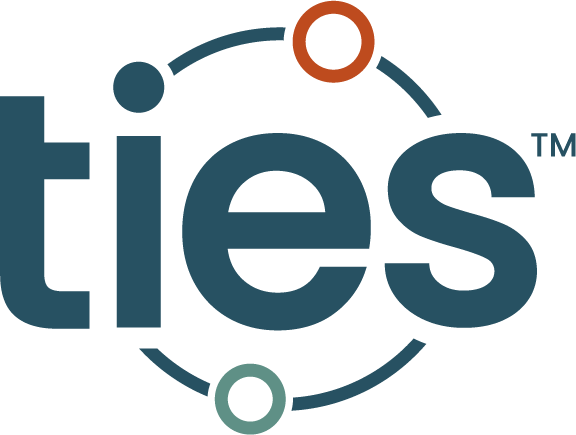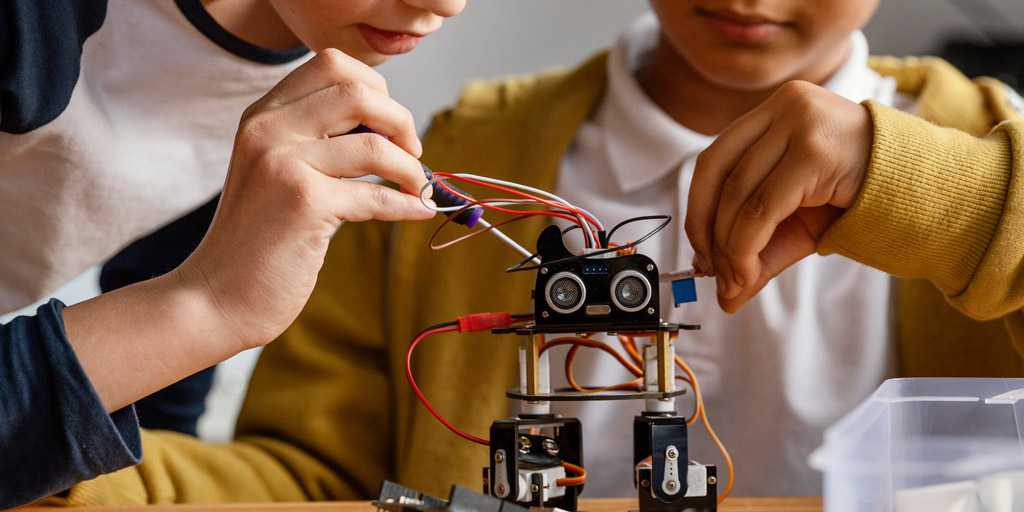By Jan Morrison
Founder and CEO, TIES
For the first time since the 1970s, our country’s 9th graders have lost ground in math and their reading scores have fallen by the largest margin in more than 30 years.
The National Assessment of Educational Progress test scores, released last week, will likely trigger a series of interventions and mandates for our nation’s already taxed educators.
The pandemic erased two decades of our students’ progress in math and reading and it’s going to take more than our country’s classroom educators to help restore and accelerate learning.
Our students have lived through our country’s most challenging few years and need new strategies for learning that are powerful and alluring enough to cut through the years of interrupted learning, general chaos and hardship caused by the pandemic.
Our students need immersive STEM learning experiences and opportunities to solve novel problems. They need chances to play and to tinker. They need opportunities to fail and try again. They need learning to be fun and relevant.
This is true for all learners, regardless of their age. They need meaningful real-world opportunities that empower their future.
This is exactly what the STEM Learning Ecosystems do and advocate. The STEM Learning Ecosystems Community of Practice, made up of 100 communities operating worldwide, is an initiative devoted to strengthening, accelerating and igniting STEM learning opportunities for all.
STEM Ecosystems bring together cross-sector partners to work together to provide access to world-class STEM, especially for underserved students.
Libraries, businesses, community colleges and four-year universities, K-12 school districts, Boys and Girls Clubs and other STEM out-of-school providers, governmental organizations, foundations and others. They all have an interest in ensuring that students are engaged in meaningful STEM and finding both the early skills as well as the confidence and motivation to thrive in school and beyond. They all enable youth access, a chance for mastery and exhibition of learning of STEM knowledge, skills and values. This is for all students.
Consider the work of these Ecosystems:
Arizona SciTech Ecosystem : Works with most major school districts in the state through the Arizona SciTech Festival. We have ~100 schools that have Chief Science Officers through various schools and districts.
Oregon STEM Ecosystem: Serves 100 percent of the 197 school districts in the state of Oregon. Hubs take the lead in catalyzing a network of regional collective impact partnerships that convene local leaders, K-20 education, afterschool programs, local industry, and community-based organizations serving youth.
Northshore STEM Ecosystem (Louisiana): Operates the Brain Food Truck, a mobile makerspace that provides STEM activities for check out to community users to build local capacity in under-resourced communities.
South Jersey STEM and Innovation Partnerships: Creates career pathway programs in cybersecurity and Mechatronics (data analytics and healthcare coming soon). The Ecosystem also assesses the workforce needs of the local industry partners and works with school districts and county colleges, and four-year institutions to create a pre-apprenticeship career pathway model with stackable credentials.
STEM West, Part of NC STEM: This Ecosystem works to train teachers and businesses to create problem-based learning units related to both classroom content and issues/problems faced by these businesses. This work has spanned six years.
Each of the STEM Learning Ecosystems is eager to share their successes and challenges. Each is eager to include more communities as they strive to cultivate innovative opportunities to mitigate the current issues for students while designing and building the ability to collaborate and empower.
For more information about the STEM Learning Ecosystems, contact Xan Black at xanblack@tiesteach.org
Jan Morrison is the founder and CEO of TIES, which serves as the backbone organization for the STEM Learning Ecosystems Community of Practice.

